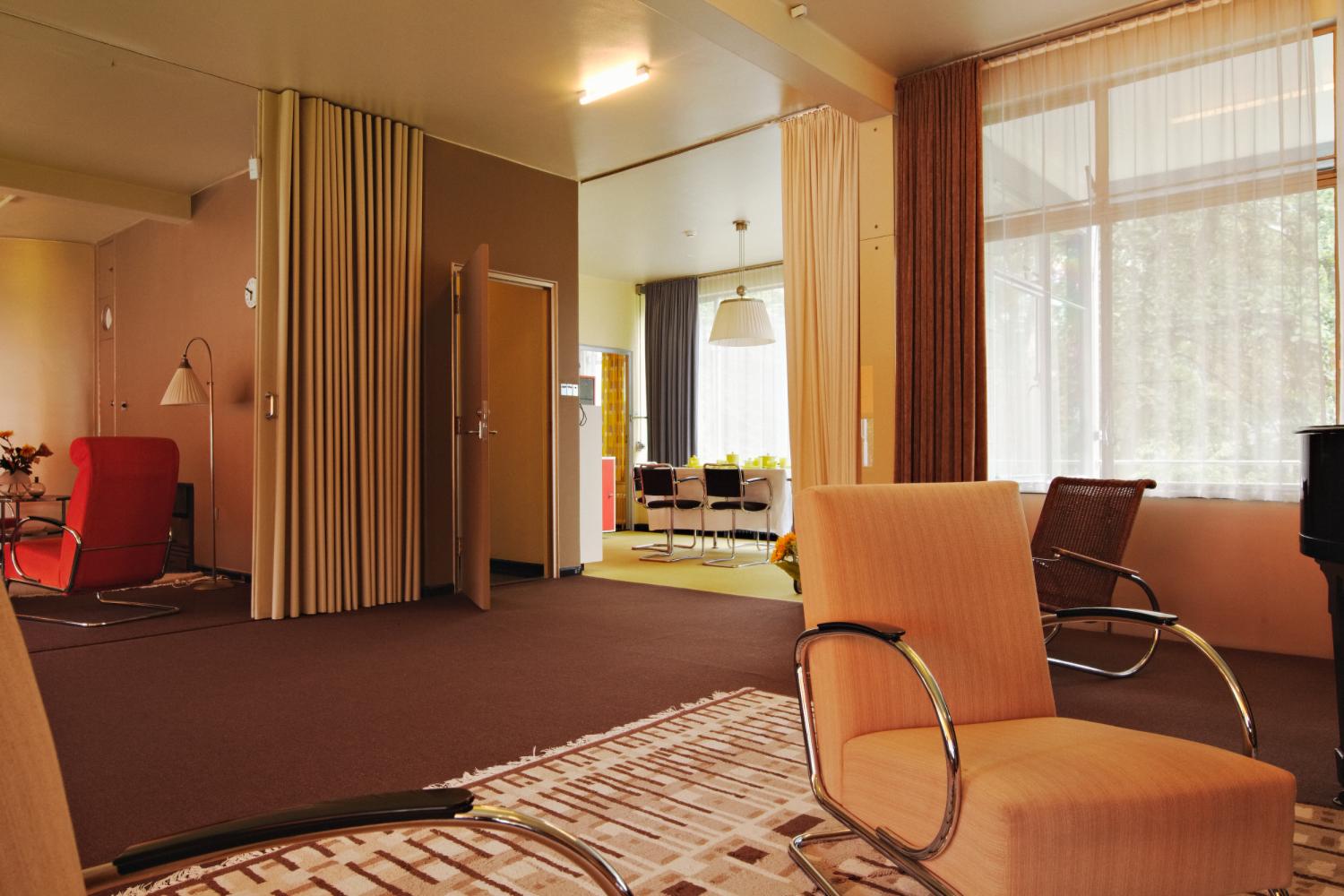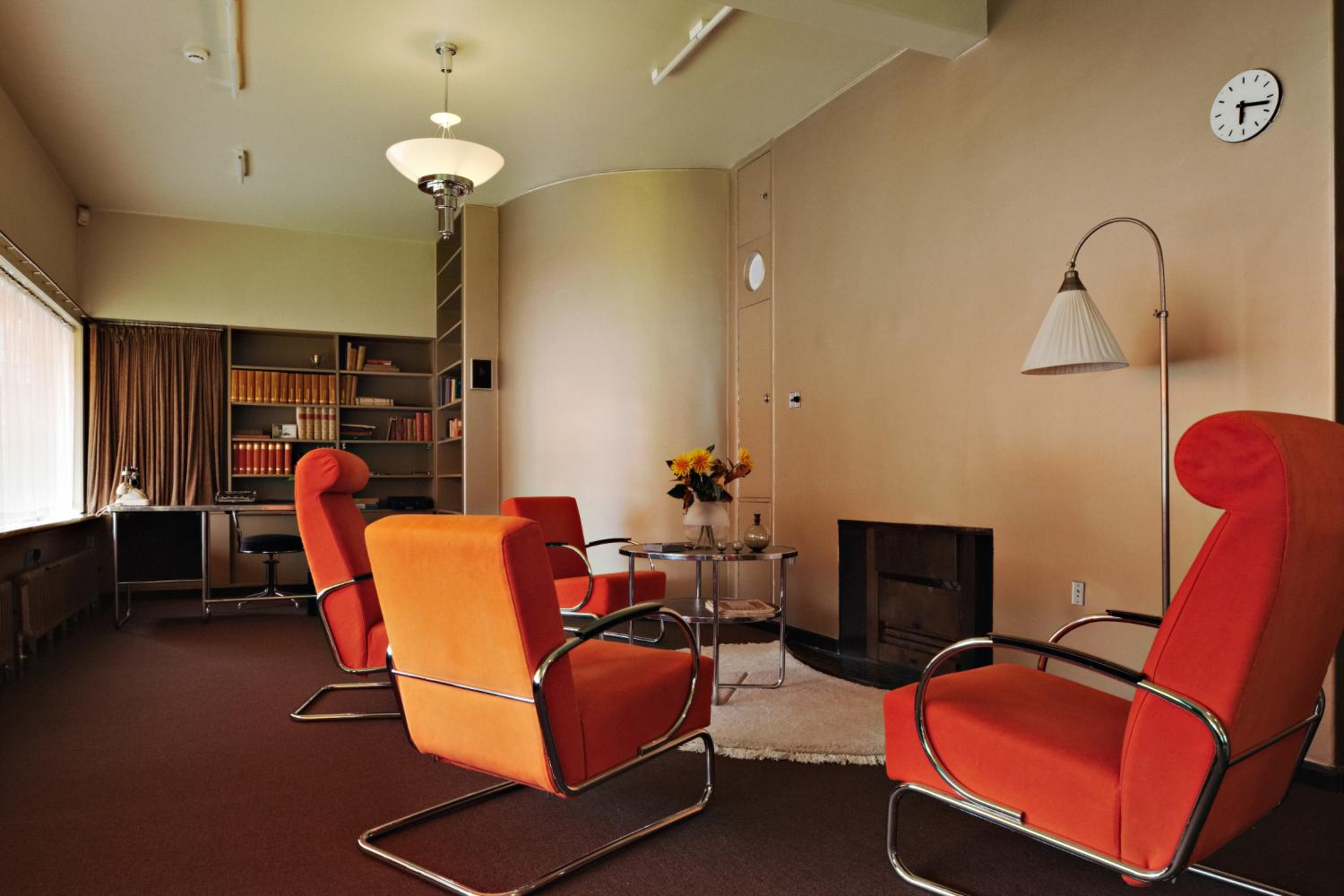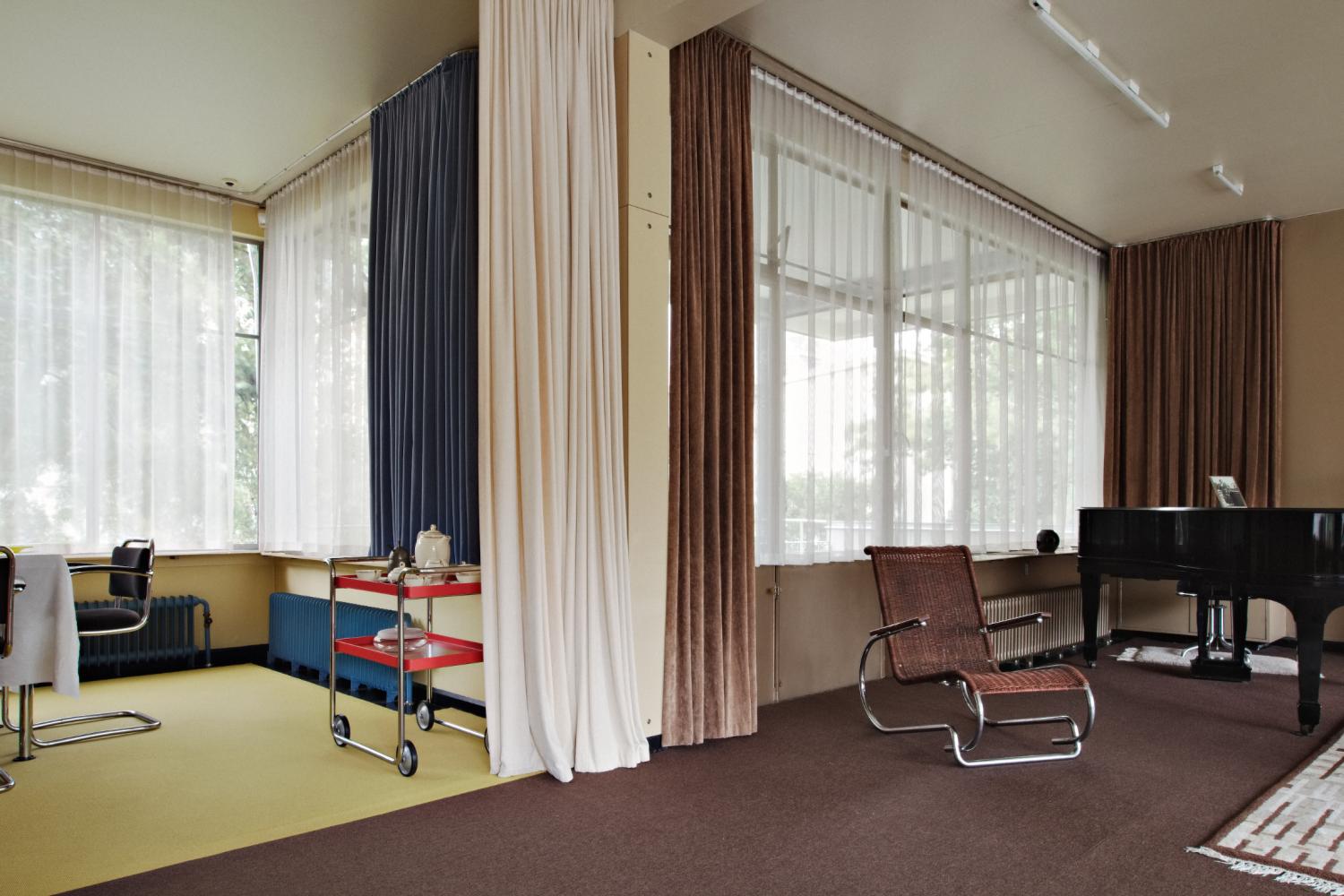Exodus of wealthy citizens
Even before the First World War Rotterdam’s ambition was to be not only the world’s largest port but also a beautiful and dynamic city of culture. Alfred Zimmerman (1869-1939), mayor of Rotterdam from 1906 to 1923, believed that too much effort had been devoted to the expansion of the harbours at the expense of building a monumental city centre. In the interwar years Rotterdam became Western Europe’s principal docking point and the economic motor of the Netherlands. But there were also setbacks: the international crisis following the First World War slowed the economic recovery, the city’s population grew enormously and dissatisfied workers went on strike for better pay and conditions.
The city council was faced with the task of envisioning a different future for the city with greater attention to culture, social housing and urban expansion. The council was concerned not only about overcrowding in the historical city centre but also about the exodus of wealthy citizens. The rich were leaving Rotterdam for neighbourhoods such as Wassenaar and Hillegersberg because there were too few luxury houses available in the city. To stem the tide, the city council made plans for villa parks in Kralingen and in Coolpolder, known to Rotterdam’s residents as the ‘Land van Hoboken’. It was in this latter villa park, on the edge of today’s Museumpark, that the Sonnevelds had their new villa built.


